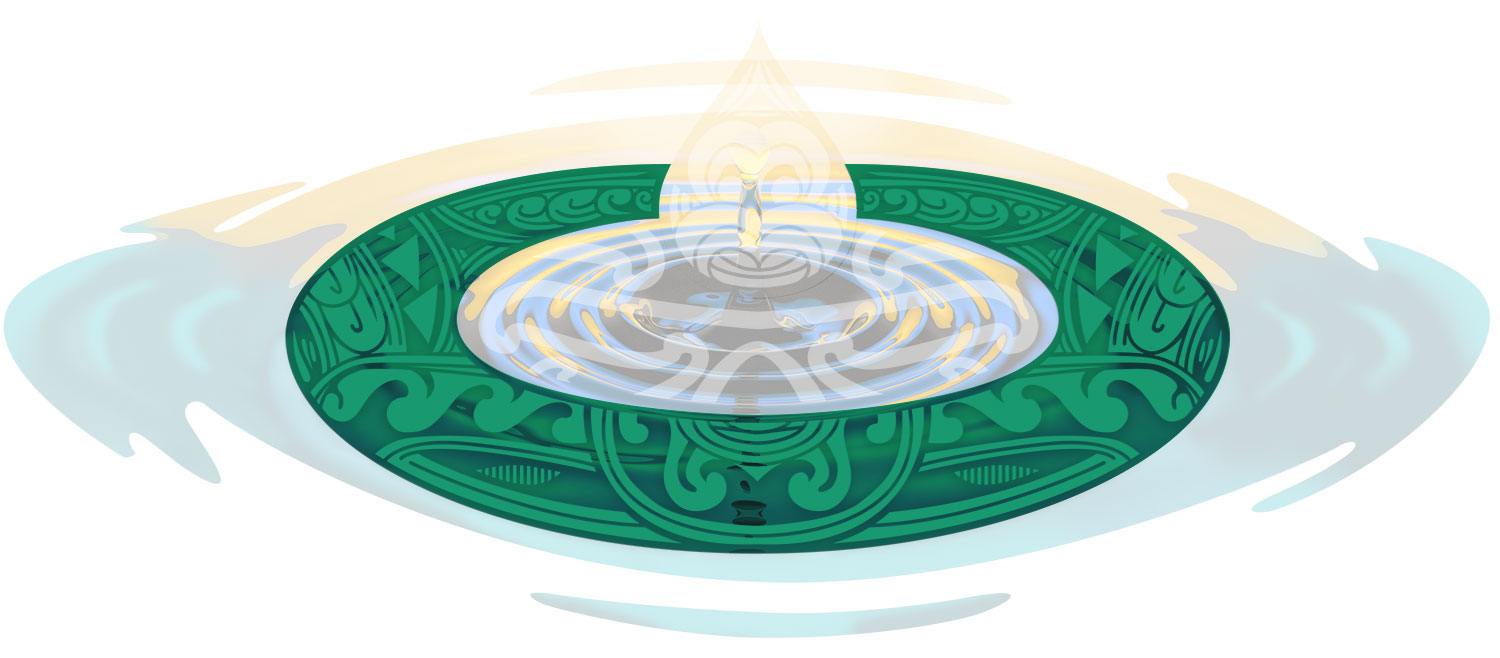TIKANGA
The outer ripple of the Wai Puna water safety framework is mokopuna, representing engagement

TIKANGA
The value of customs and practices for water safety.
Tikanga is concerned with the safety and protection of whānau.
Strong whānau live according to their values and beliefs. They have rules, customs and rituals in place to ensure that everything is done in the proper manner so that whānau are safe from harm.
Tikanga is what we physically do in the water, but more importantly the right thing to do. It is informed by the source of water safety knowledge - whakapapa and mātauranga.
Tikanga has meaning for the way we live:
"As Māori, we learn things and then we do things. That’s tikanga."
"Tikanga is made up of the small things, but each part is important – ensuring manuhiri go first, taking shoes off before going into a whare."
"Tikanga is about a collective sense of purpose – nurturing, sustaining whānau."
Water safety tikanga listed here includes wayfinding, maramataka and kia maanu kia ora.
Wayfinding
The ancient craft of wayfinding or navigation is the physical and embodied art of traversing oceans, traditionally in a waka hourua. It involves being responsive and engaged with an unfolding and changing environment through the reading of signs including the stars, ocean swells, weather, bird and marine life and more. READ MORE
Maramataka
Maramataka means 'the moon turning,' and is the Māori lunar calendar. Time was marked by Maramataka and was consulted for almost any activity taking place in the community. Some days or nights of the Maramataka were better to do certain activities than other days. For example, fishing or convening important hui or conducting rituals, such as baptisms. READ MORE
Kia Maanu Kia Ora Water Safety
Māori worldview of the physical and spiritual properties of wai is integral to water safety. Kia Maanu Kia Ora embodies this intimate connection to wai. It acknowledges that water safety is not merely about teaching water skills. It start with a deeper understanding and respect for wai which can lead to a more purposeful drowning prevention strategy. READ MORE

